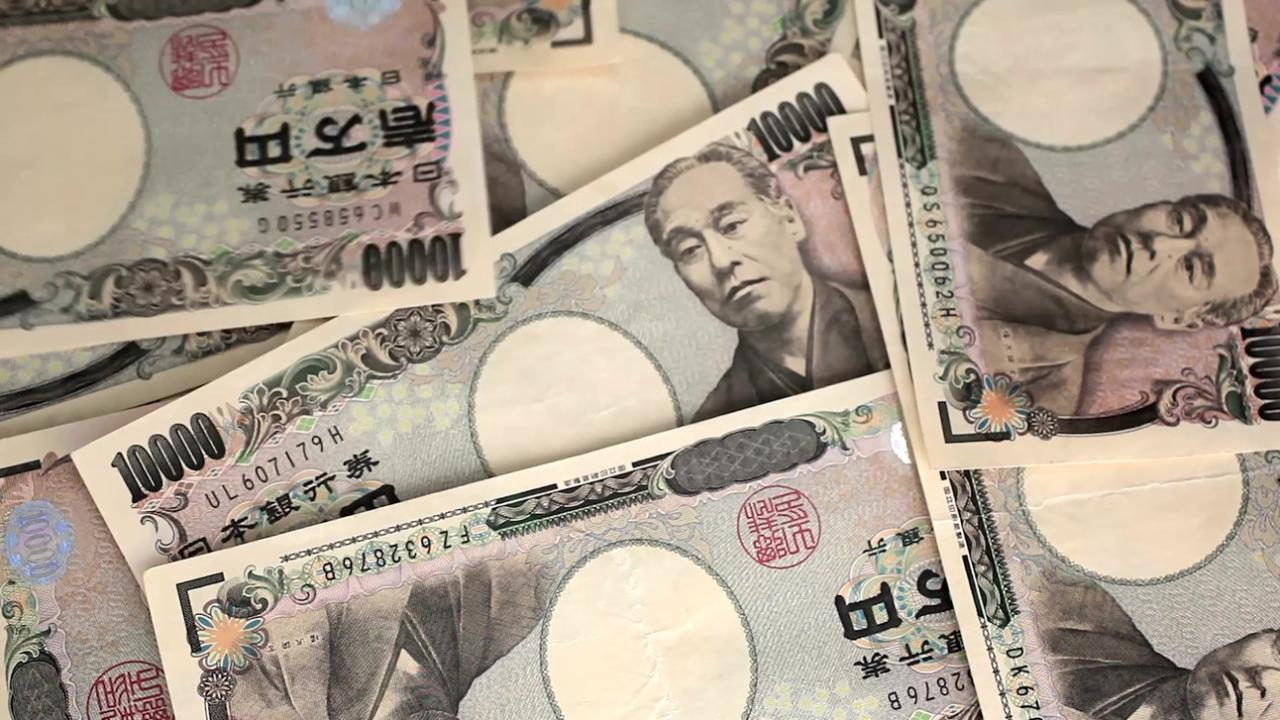
It's Not the Yen(d) of the World
What do you call a 100-meter-tall fire-breathing lizard grown out of the salt and rock of Hiroshima Bay? I'm talking about the Japanese yen, of course.
The good news is, it’s not the monster many are making it out to be. Bad news is, the selling’s more about the U.S.
The second-biggest spike in stock volatility of the past decade is being attributed by most to a sharp rise in the Japanese yen and a purported waterfall effect of an unwind in carry trades that used cheap Japanese debt to fund riskier investments in U.S. markets. If you go with this explanation, any BOJ backtrack of their recent hawkish tone would be considered a bullish event for U.S. stocks. That may be what's happening overnight, and I worry if it does, it will be the latest in a string of head-fakes and bull-traps.
The biggest bull trap this year – and I believe the original domino that began the correction in stocks – was the failed rotation in equities sparked by the cool CPI print in mid-July. This was the catalyst that opened a hole for the A.I. bubble to deflate, and spurred a FOMO trade into more cyclical companies that depend on the underlying economy. The catch is, inflation is cooling because the economy is, too. So, when employment data last Friday missed, the fear began to set in, investors fled to bonds for safety, fast-forwarding rate-cuts, uninverting yield curves, and sending the dollar breaking down through major technical support.
That was two days after the Bank of Japan hiked rates perhaps a tad more than some expected, but also as part of painstakingly well-telegraphed program to firm up their currency. The yen rose that Wednesday, July 31st, but it was pretty calm in the 48 hours before our employment print hit. That's when everything really hit the fan. Which makes sense, because currencies are the definition of a zero-sum trade, and nobody thought American unemployment was rising at that pace. Suddenly the Bank of Japan, the only Central Bank in the world raising rates, looks near crazy hawkish.
The mechanism of the yen carry trade seems like a reasonable explanation for how the selling overpowered people on the wrong side of the trade, but we somehow still haven't heard of any major funds or institutions blowing up, and U.S banks have effectively no yen exposure nowadays (h/t Jeff Kleintop). I don't doubt it put the squeeze on a lot of investors, but the move in VIX looks much more like an economic event. Second only to the Covid VIX spike this decade, it surpassed 2018's "Volmageddon," which was a very real observable trade collapse, and far exceeded vol levels reached during the 2022 inflation bear market (in which the economy surprised positively).
Ultimately, I view the yen stress as more of an effect from the underlying cause of a bad trade by investors pivoting out of tech (the only true growth) at a time when growth is turning south. I'd be very wary chasing any rallies based on BOJ language. I expect risk assets to stay under pressure until a strong dovish pivot by the Fed or some highly encouraging piece of economic data.
Featured clips




Charles Schwab and all third parties mentioned are separate and unaffiliated, and are not responsible for one another's policies, services or opinions.

